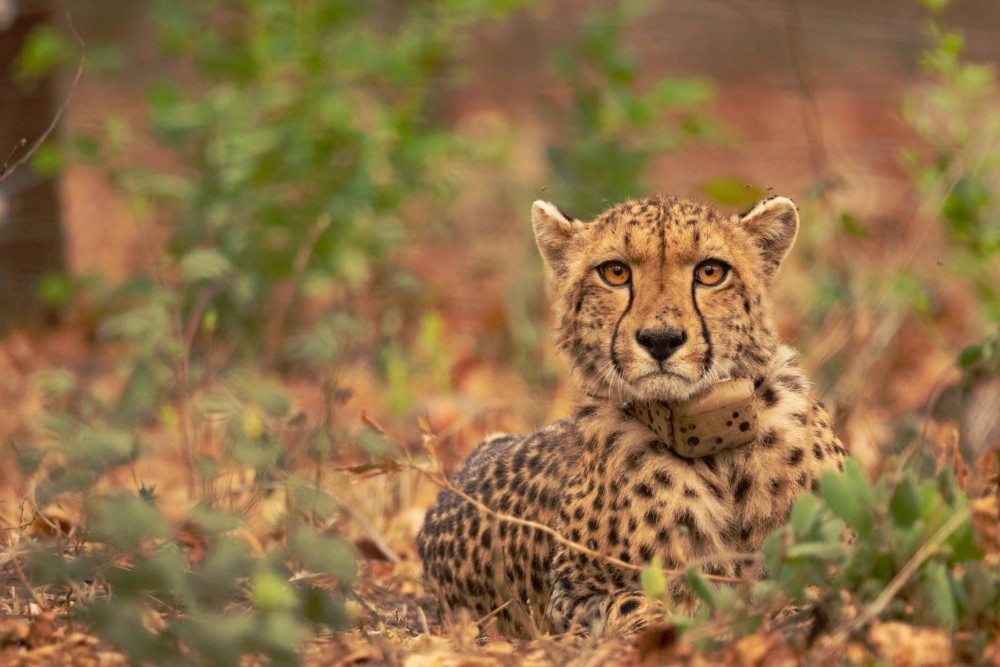When African Parks assumed responsibility of Majete Wildlife Reserve in 2003, it was nearly devoid of wildlife. Since then, it has become a case study for positive conservation development, with a pioneering rehabilitation and reintroduction programme.
Species Restorations
 © Johannah Taylor
© Johannah TaylorWhen Majete was first gazetted in the 1950s, wildlife populations flourished. But, by the early 1990s, almost all wildlife, including elephant, lion, sable and eland, had been exterminated. Once the necessary infrastructure and personnel were put in place and positive community relationships nurtured, restoration of the ecosystem could begin – with major reintroductions of herbivores, including elephant, black rhino, buffalo, eland, sable, waterbuck, nyala, Lichtenstein’s hartebeest, zebra and impala. Carnivores were then brought in to regulate the herbivore populations. These introductions formed part of the Malawi Predator Metapopulation Management Plan, a collaborative effort between the Government of Malawi and African Parks to restore and manage predators across Malawi. Today Majete boasts a full suite of the predators originally found here.
Overall, African Parks has introduced more than 3,000 animals of 17 different species. Some of the key species that were brought back include black rhino in 2003, elephant in 2006, lion in 2012, giraffe in 2018, 12 cheetah between 2019 and 2021, and six wild dogs in 2021.
By 2015, the elephant population had grown to some 400, enabling 154 elephants to be translocated from Majete to help restock Nkhotakota as part of the 500 Elephants Project – one of the largest elephant translocations in history. Since 2016, Majete has provided over 1,100 animals to assist in the restocking and genetic supplementation of other Malawi parks, a true reflection of successful restoration.
Conservation Law Enforcement
 © African Parks
© African ParksDespite increasing threats in the region, effective conservation law enforcement and close community engagement has kept poaching levels low, with not one rhino or elephant poached since 2003 and 2006 respectively. Keeping all species safe requires a robust conservation law enforcement strategy and a strong team of highly trained, dedicated individuals, who also receive ongoing education in ecology and conservation.
In 2022, Majete established a new Investigations Unit, dedicated to gathering and analysis of intelligence on illegal activities occurring in and around the reserve. This, in collaboration with the Canine Unit established in 2021, helps reduce poaching and improves protection of critical species such as black rhino and elephant.
Since the erection of a high-quality predator- and elephant-proof boundary fence, human-wildlife incidents have declined significantly. However, Majete works with farmers to implement wildlife-conflict mitigation measures to minimise the impact of animals that live outside the reserve, such as baboons, porcupines and bushpigs, and increase tolerance levels for living alongside wildlife.
